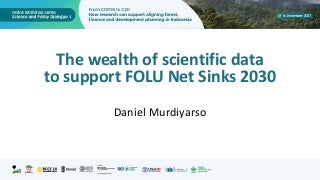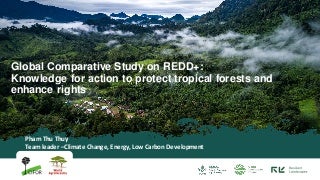Author: Elias, M.; Arora-Jonsson, S.
Shea butter, derived from the African shea tree, has acquired a pivotal position in global agro-food and cosmetics industries. In Burkina Faso, public and private actors as well as civil society are converging upon the product to boost the incomes of rural female producers. As a result of these trends, the shea value chain is increasingly segmented; shea nuts are sold in a low-return, conventional market and simultaneously enter an alternative, high-value niche market.
In the latter strand of the value chain, some producers are improving their prospects by forming an association. Tracing relationships across the two strands, we demonstrate how ‘horizontal’ relations based on gender, ethnicity, age and geography contribute to shaping participation and benefit capture in the shea value chain. We argue that processes of social inclusion and exclusion operate in parallel, as differentiated actors both cooperate and compete to secure their place within the chain.
While collective organizing brings positive social and economic benefits, we show that producers’ associations need not be empowering for all women. The significance ofcollective enterprises, but also their drawbacks must be considered when valorising pathways to women’s empowerment. Our study reinforces calls for greater integration of horizontal elements in value chain analyses.
Download full text here
Journal or series: Environment and Planning D: Society and Space
Publication Year: 2016
Also available at Bioversity International











